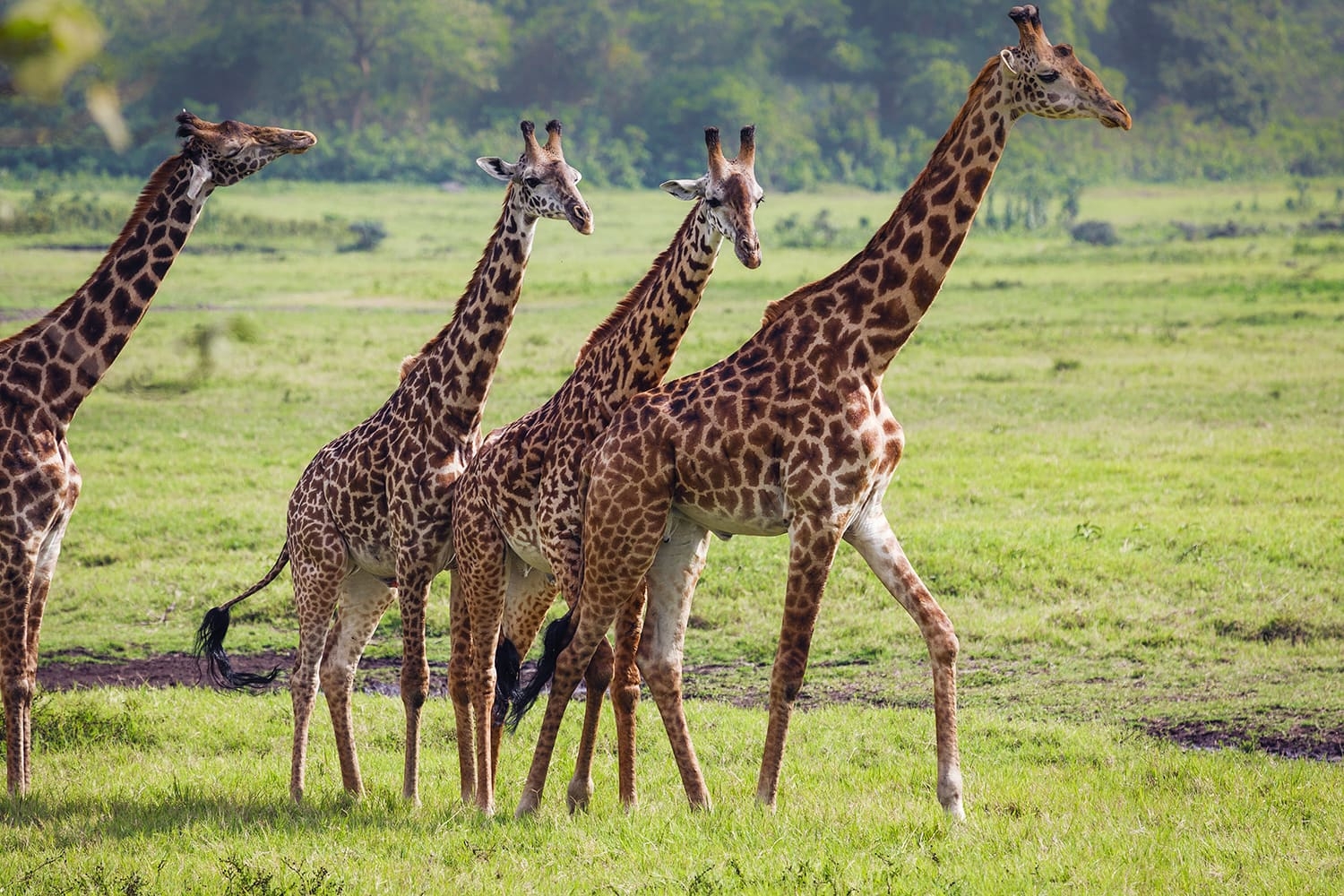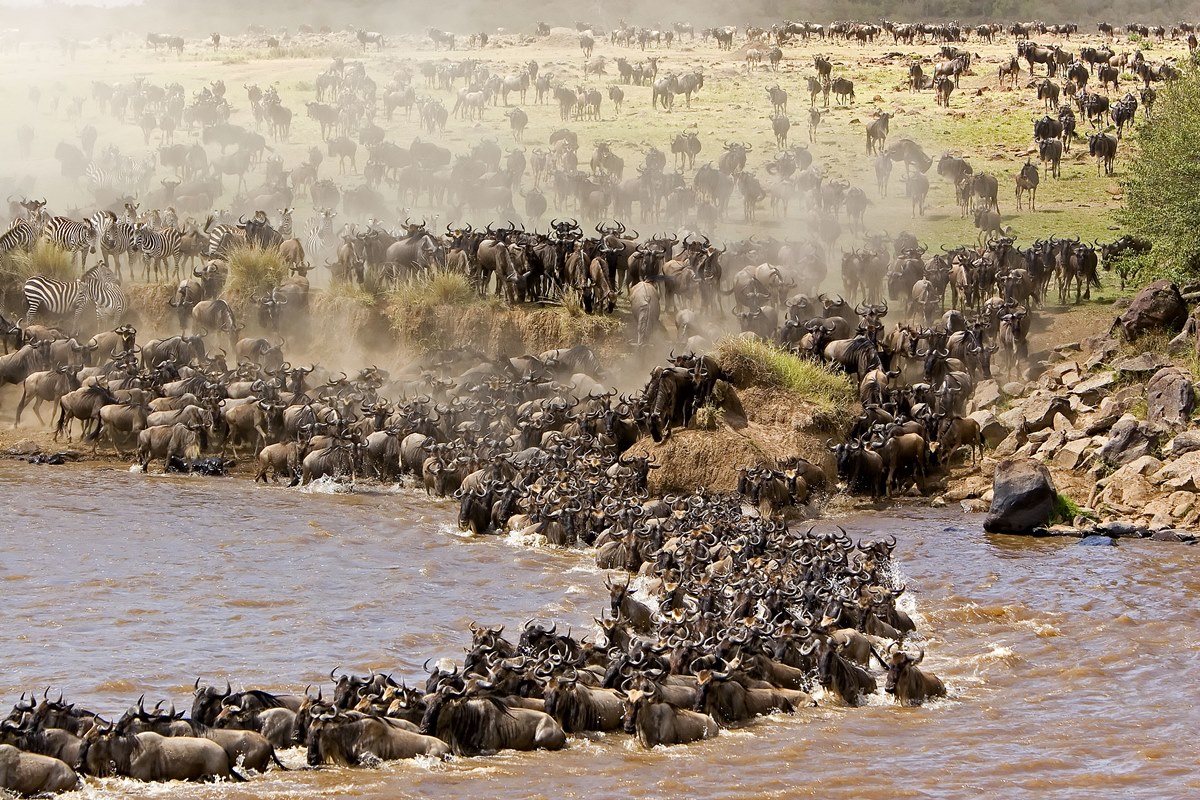Serengeti National Park
Park Overview
Serengeti National Park is one of the most iconic and celebrated wildlife reserves in the world. It is located in northern Tanzania, stretching over 14,750 square kilometers, and forms part of the larger Serengeti ecosystem, which also extends into Kenya’s Masai Mara. The Serengeti’s name comes from the Maasai word “Siringet,” which translates to “endless plains” and perfectly describes its vast, undulating landscapes dotted with acacia trees and rocky outcrops. The park is easily accessible from nearby towns such as Arusha and Mwanza, and is also reachable by air via small safari flights landing at several airstrips within its boundaries. The Serengeti is not only famous for its breathtaking scenery but also for its significant role in protecting Africa’s wildlife. Established in 1951, it is a UNESCO World Heritage Site and a crucial sanctuary for numerous plant and animal species. Its extensive grasslands, riverine forests, and savannahs offer a natural haven where wildlife flourishes and visitors can experience the unspoiled beauty of the African wilderness.
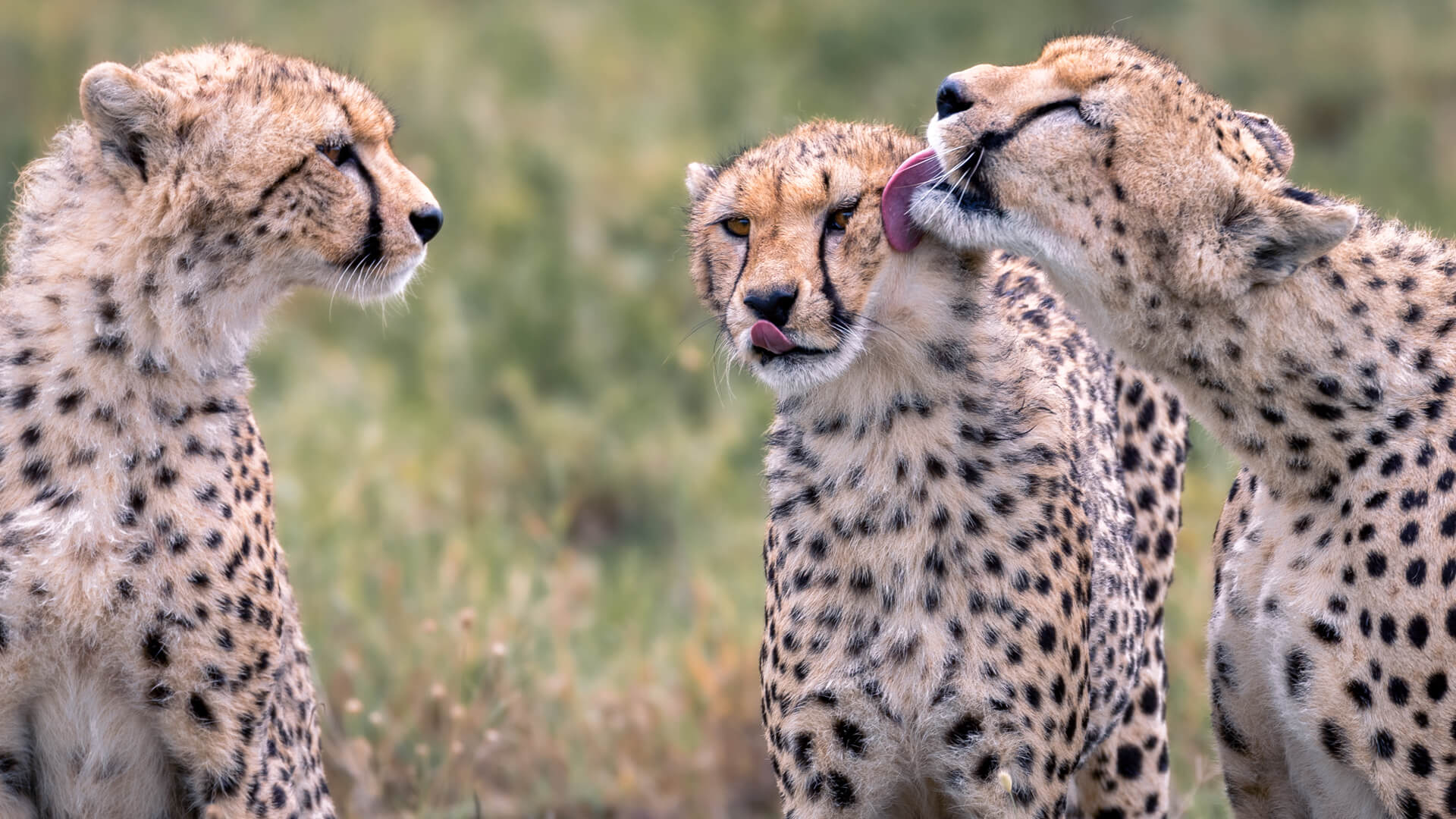
Wildlife
Serengeti National Park is world-renowned for its astonishing array of wildlife, making it a premier destination for nature enthusiasts and photographers. The park is home to the legendary “Big Five”—lion, leopard, elephant, buffalo, and rhinoceros—as well as countless other animals. Perhaps most spectacular is the annual Great Migration, where over 1.5 million wildebeest, 250,000 zebras, and hundreds of thousands of gazelles journey across the plains in search of fresh grazing, followed by predators such as lions, hyenas, and crocodiles. Apart from the migration, visitors can witness giraffes, cheetahs, hippos, impalas, warthogs, and many more species thriving in their natural habitat. Serengeti is also a birdwatcher’s paradise, with more than 500 recorded bird species, ranging from the striking lilac-breasted roller and graceful secretary bird to large ostriches and various birds of prey. The rich variety of habitats, including woodlands, riverine forests, and swamps, support this incredible biodiversity, making every game drive in the Serengeti an exhilarating experience filled with unforgettable wildlife encounters.
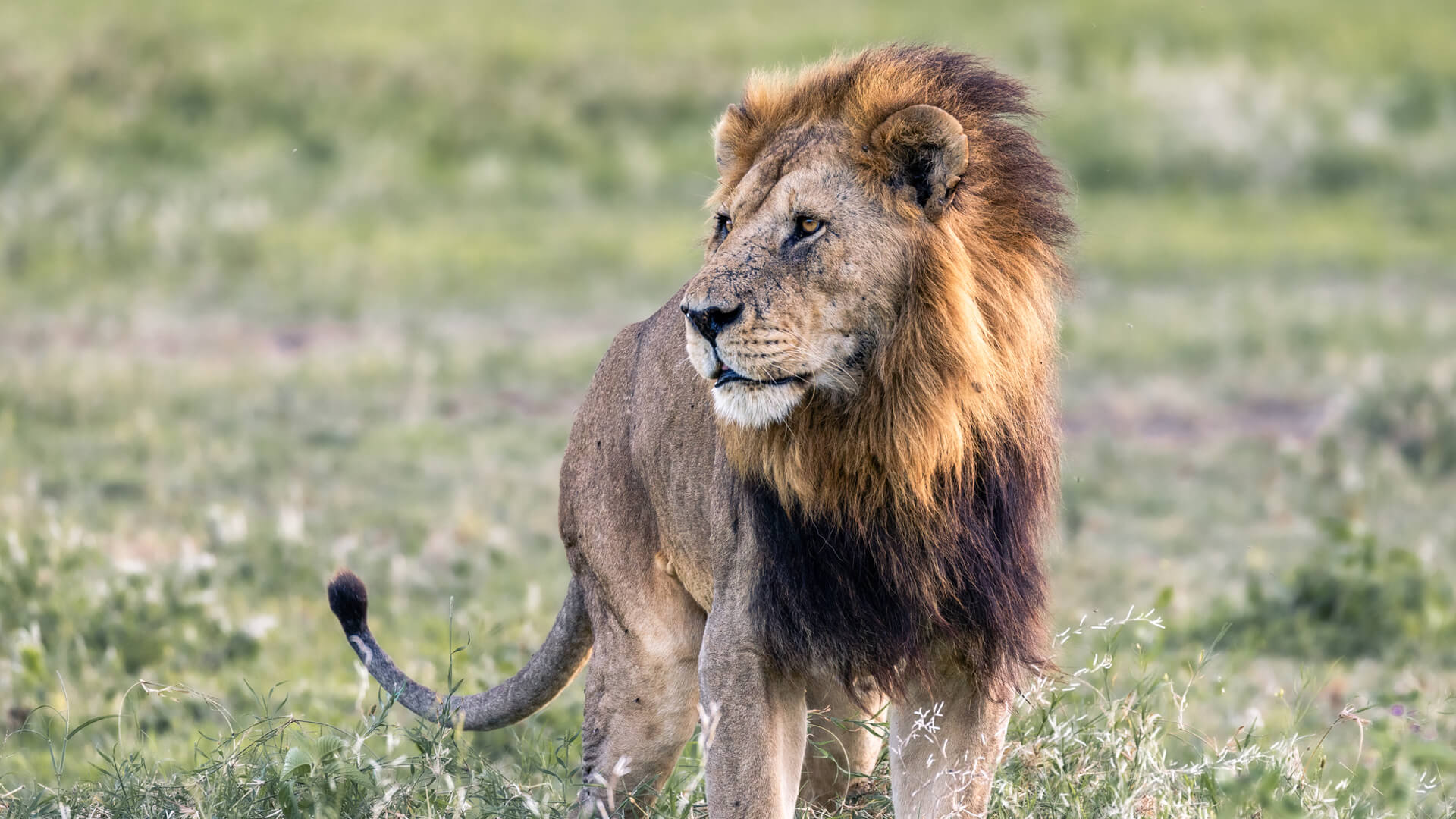
Weather and Climate
The Serengeti enjoys a generally warm and pleasant climate throughout the year, making it an ideal location for safaris almost any time. However, the region experiences two main seasons: the dry season and the wet season. The dry season runs from late June to October, with sunny days and cooler nights, especially in the morning and evening. During this period, vegetation is thinner, and animals tend to gather around water sources, making wildlife viewing optimal. The wet season occurs from November to May, characterized by short rains (November–December) and long rains (March–May). While some days can be wet and muddy, the landscape transforms into lush, green plains filled with newborn animals and blooming flowers—a stunning sight for visitors. Temperatures range from 10°C (50°F) at night to 29°C (84°F) during the day, but higher-altitude areas can be cooler. While rain can make some areas harder to access, it rarely impacts the overall safari experience, and stormy afternoons often give way to clear and beautiful evenings.
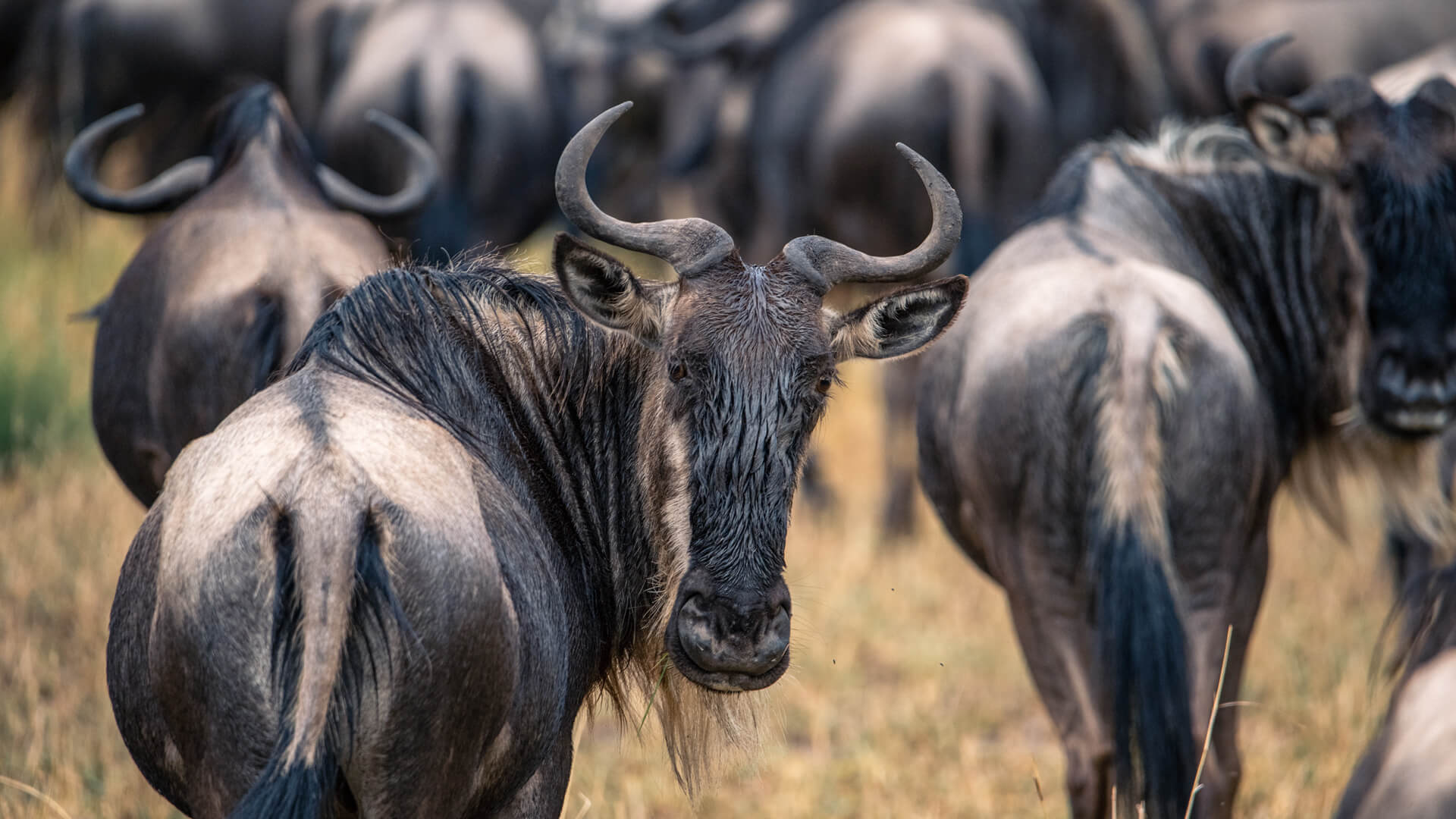
The Best Time to Visit
Choosing the best time to visit Serengeti National Park depends on what you hope to experience. The most popular period is during the dry season, from late June to October. This is when the annual Great Migration reaches its peak, with thousands of wildebeest and zebras crossing the crocodile-infested Mara River—a dramatic wildlife spectacle not to be missed. Wildlife is easier to spot as animals congregate around waterholes, and the temperatures are comfortable for outdoor activities. For keen photographers and bird watchers, the green season (November to May) also offers incredible opportunities. The landscape is lush and green, and it’s calving season for wildebeest, meaning baby animals and heightened predator action. Migratory birds flock to the park during these months, adding vibrant color and sound. However, bear in mind that some areas may become muddy or less accessible during the rains. Regardless of when you visit, the Serengeti’s magic is present year-round, ensuring an unforgettable African adventure in every season.

